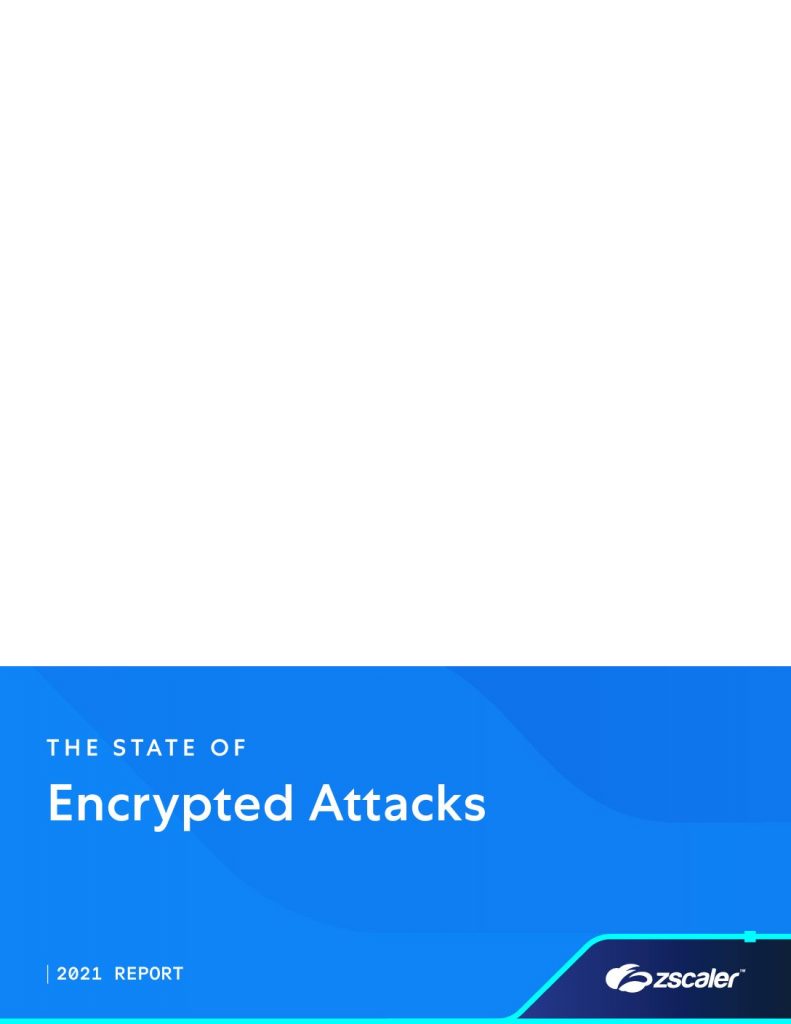Ransomware has been a threat for more than thirty years, but recently the nature of the battle has changed. Within the last three months, ransomware has evolved more quickly than it’s done over the past half-decade. In today’s world, global businesses must assume that every ransomware attack is also a data breach, a fact that has profound implications for how we should design security architectures and network defenses. Far too many organizations continue to rely on legacy perimeter-based cybersecurity strategies. In this model, known as the castle-and-moat approach, defenses—which are typically firewall-based—are centered around the network’s perimeter. This leaves resources and applications unprotected when attackers attempt to move laterally across the computing environment—and this sort of lateral movement is the number one contributor to the success of ransomware attacks.






